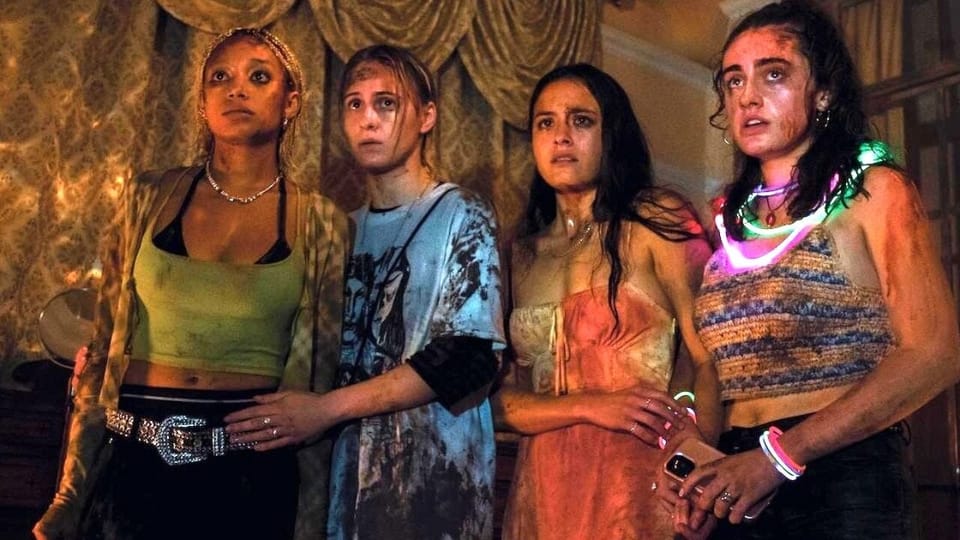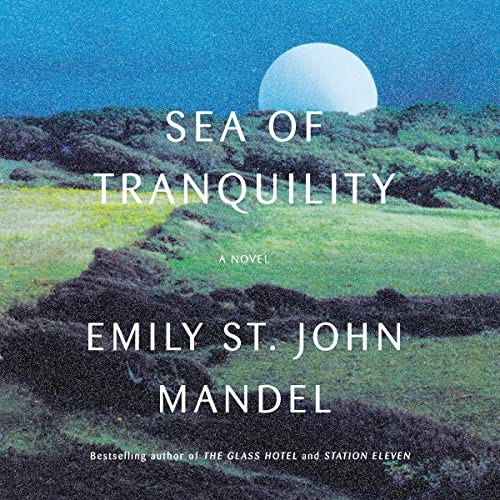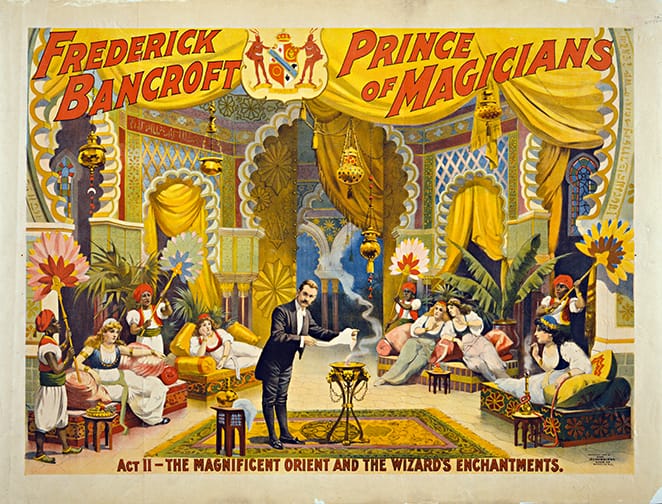"Bodies Bodies Bodies" Reviewed

Review: Bodies Bodies Bodies
“This game gets very ugly,” one central character says prior to the party game that gives Bodies Bodies Bodies its title, as well as its first shove into descending chaos. The game is a sort of hyper-intense version of Mafia, Werewolf, or any other supposed lark that involves friends attempting to pick one another off while evading detection—this version just happens to involve copious consumption of liquor and some lighthearted physical violence. Soon, there will be much more violence, though it will be anything but lighthearted.
Bodies Bodies Bodies takes place entirely in and around one house, a lavish home belonging to the parents of burnout twentysomething David (Pete Davidson), who’s invited his friends to enjoy the grounds—and as many illicit substances as they can manage—while a hurricane rages outside. Those friends include David’s girlfriend, narcissistic actress Emma (Chase Sui Wonders), too-intense Jordan (Myha’la Herrold), insecure Alice (Rachel Sennott), and Alice’s new boyfriend, mysterious good-ol’-boy Greg (Lee Pace). What’s meant to be a pleasantly debauched overnight is thrown off-balance, though, with the unexpected arrival of Sophie (Amandla Stenberg), clearly semi-estranged from the group for reasons nobody wants to speak of openly, as well as Sophie’s own mysterious new partner, Bee (Maria Bakalova). There’s immediately enough tension in the house to cut with a knife—or a Chekhov’s saber—and when Sophie suggests the titular party game, it sets off a chain reaction of very real bloodshed and ensuing paranoia as everyone attempts to sort out who they can trust, and who might be out to end whom.
There are few subgenres trickier to nail than the horror comedy—it’s perilously difficult to keep the two tones in balance without sacrificing either humor or terror. While there are plenty of good comedies working with horror tropes and plenty of very funny horror movies, the perfect split implied by the term horror comedy is a tough needle to thread. But Bodies Bodies Bodies (which would perhaps be more appropriately labeled a thriller than a work of horror) manages a startling density of genuine laughs amid an even more startling density of gruesome imagery and suspense. It helps that the film is surprising at every turn, the essential quality in both horror and comedy that most closely aligns the two. What seems initially like a simple whodunnit proves instead to be a more complex web of motive and culpability, and while this intentional confusion may at times prevent a clear mapping of the plot, it enlivens what could be a simple zoomer Agatha Christie riff, keeping the guesses coming until the final reveals.

Some sequences may prove too stagey for their own good—Henrik Ibsen’s Hedda Gabler is invoked repeatedly—as long, albeit explosive, dialogue passages do feel questionably cinematic. And though plenty of the comedy is based in the characters’ quirks and their interactions, a perhaps higher proportion of laughs come from the deployment of Twitter-speak, from performative allyship to dubious usages of gaslight and trigger to promoting one’s unremarkable podcast. This factor, which at times feels like commentary aimed by writers Sarah DeLappe and Kristen Roupenian and director Halina Reijn directly at the audience rather than naturalistic exchanges between even extremely online friends, could prove distancing for some viewers, puncturing the story’s bubble and calling into question the stakes of the conflicts. I found the tone-modulation tactics effective, though the satire is eminently easy—what could be a more familiar target than self-absorbed, affluent young people?—and the jokes are surprising more in how and when they’re deployed than for any visionary wit.
The film’s greatest strength lies in its ensemble of generally excellent performers. Though there are some barriers to entry in terms of buying this as a group of lifelong friends (notably, Davidson looks about half a decade older than his supposed old pals), each performer brings enough distinct wit and verve to the proceedings that once they start leaving the board, always in grotesque fashion, there’s a genuine pang of regret to the realization that they’re gone for good. Strong credit is due, as well, to cinematographer Jasper Wolf, who cycles through several distinct visual modes—including a woozily idyllic opening, a nightmarish sequence set on a red-lit basketball court, and any number of claustrophobic darkened scenes lit only by glow sticks and phone flashlights—without sacrificing cohesion.
Like the game that spurs it, Bodies Bodies Bodies gets very ugly. The deaths might elicit a laugh of surprise, but their impact is taken seriously. Through all the ugliness, Reijn maintains a sprightliness in defiance of what might seem possible—without sacrificing either delight or anxiety, Bodies Bodies Bodies moves ruthlessly through one very bad night before emerging out the other side to leave anyone left standing, either onscreen or off, wondering what the hell just happened.
Bodies Bodies Bodies will be in select theaters tomorrow, August 5th, before opening everywhere next Friday, August 12.
Sundry Ephemera
Last week I finished Sea of Tranquility, the new novel by Station Eleven author Emily St John Mandel. Station Eleven is quite easily one of the best books I’ve ever read—I’ve never put it quite that strongly before, but it’s escalated over the years from a book I love to one of my favorites, and by now the superlative language just feels right. I was a massive fan of her follow-up, The Glass Hotel, as well, so I’ve been eagerly awaiting Sea of Tranquility, and tried to stay as in-the-dark as possible.
I’ll extend the same courtesy to you, and only reveal as much as the table of contents does: this story comprises several timelines spanning the 20th to 25th centuries, and those timelines fold in on themselves progressively so that the storylines from the beginning recur at the end, those just before the middle recur just after the middle, etc. It’s all a bit more complicated than that, but this is both a deeply complex and fairly simple book. It reads like a knife through warm butter—if I didn’t have the responsibilities of parenthood I could easily have taken it down in a day—but the ideas are haunting in the way they take familiar futurist genre trappings and filter them through a lens of typically St John Mandelian humanism.

I might be tempted to call this my least favorite of her past three books—while the prior two felt like fully robust stories, Sea of Tranquility struck me as a thought experiment fleshed out to novel(la) length. That’s barely a complaint, though. Like Station Eleven, this is a book that seems designed to offer hope to the anxiously fatalist reader, and that’s a gesture I can appreciate. It also folds elements of the last two novels into its plot in a way I found dazzling and gutsy. This isn’t as simple as a sequel to The Glass Hotel but rather a sort of reconfiguration of everything down to its genre; I’ve never seen an author play with their own canon quite so imaginatively outside of something like (and here’s an unexpected comparison) Stephen King’s Dark Tower saga. We had to wait six years between Station Eleven and The Glass Hotel, but only two more before Sea of Tranquility. I wouldn’t mind a short wait for more, but I’ll also be happy to tough it out for as many years as necessary, especially if the next book feels a little less like a sketch.
I’ve also spent a lot of the past few weeks spinning the new self-titled album by pop trio MUNA. It’s an excellent listen-through album, though (being a shallow and unimaginative listener) I’ve gravitated most significantly to the singles, particularly the leadoff track, “Silk Chiffon,” featuring Phoebe Bridgers, whose Saddest Factory imprint picked them up after they were dropped by RCA. I’ll cop to struggling a bit in writing about music, so maybe this comparison is a little basic, but I enjoy MUNA the same way I enjoy HAIM, primarily the latter’s second album, Something to Tell You (synthier and less pastiche-y than Women in Music Vol. III). I haven’t plumbed the lyrics in particular, though I’m given to understand they have a lot to do with the band’s queer identity. I just know the three singles—with the opener joined by ”Home By Now” and “Anything But Me”—are compulsively listenable pop with teeth. It’s hard to pick a favorite among the three, and it tends to be whichever one I’m listening to at the moment, but during an often tough summer, we all need some pop worth rocking out to.
Oh yeah, also…
I’ve been devouring the second season of MUBI’s audio documentary podcast, which focuses on extraordinary stories of individual movie theaters.
I really enjoyed reading Marshall Shaffer’s review of Industry’s second season. Hopefully now that it’s back, more people discover this HBO show that Marshall describes effectively as Succession meets Euphoria.
And I appreciated Fran Hoepfner taking the Times to task for their fawning profile of John Lasseter.
I have a new podcast dropping Saturday! Alongside my friend, musician and producer Ryan Pollie, I’ll be spending the next two months looking back at 2007 in the first season of What a Year! You can hear the trailer below, or by following the show on your favorite podcasting platform via this link: https://linktr.ee/whatayearpod




